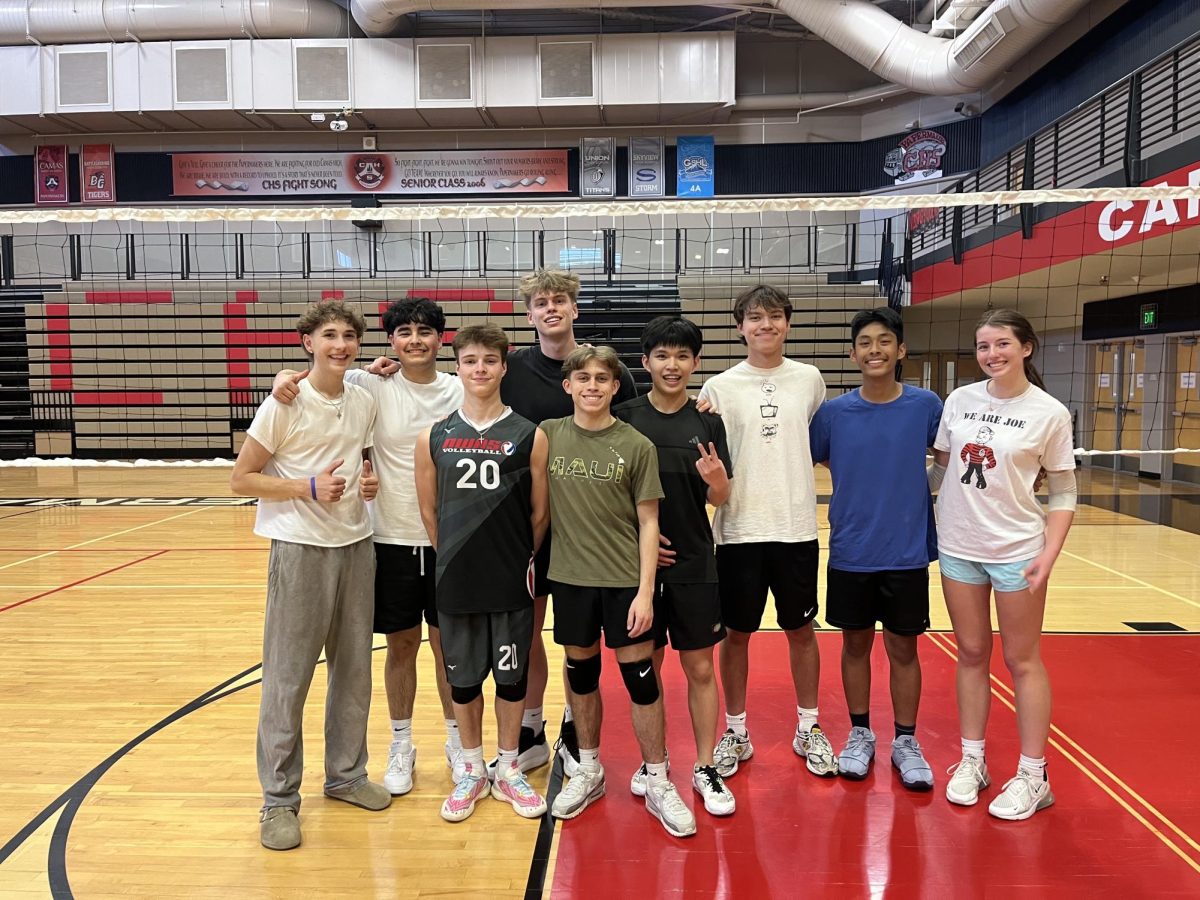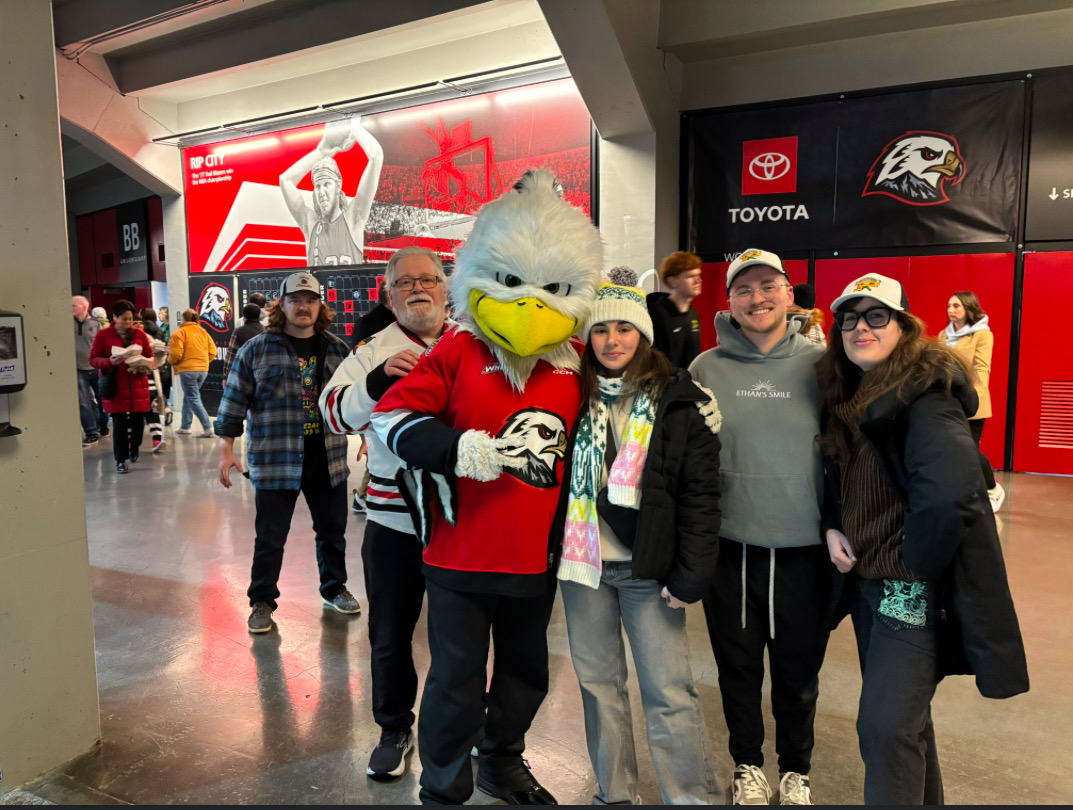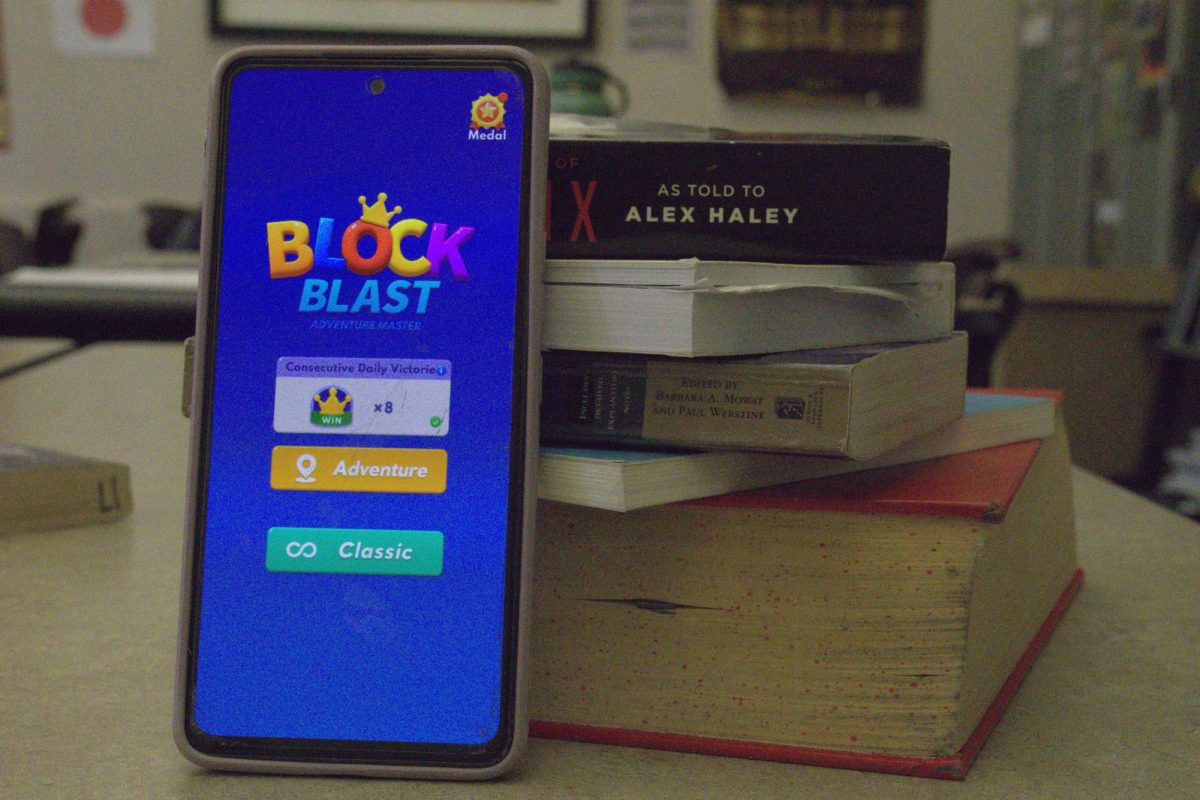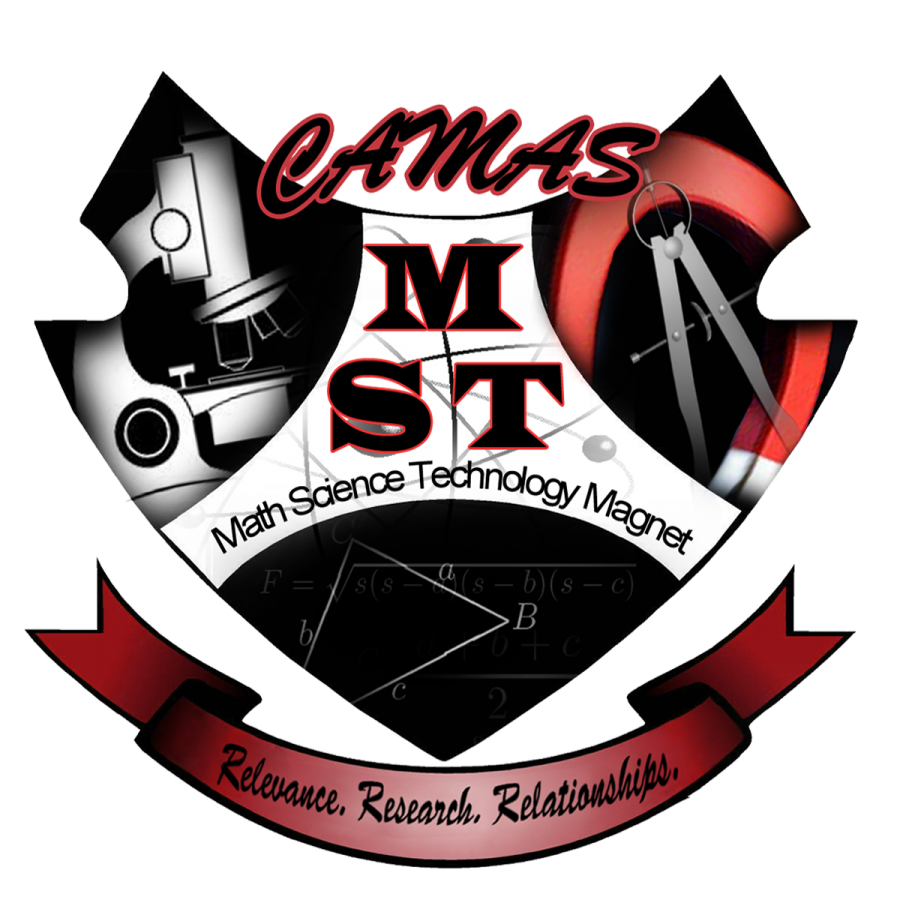Everyone knows that kid in class with the thick glasses and a “four-point-oh.” The one who can almost always be seen geeking out with their friends over a college-level math problem. At Camas High School, that is how many students view the Math, Science, and Technology (MST) Magnet Program. In actuality, Magnet is made up of a very diverse group of students who have a love for learning and research.
 The MST Magnet Program gives students a head start on scientific research and/or technological design. As Magnet Adviser Kim Newman puts it, Magnet is “a supportive community that thrives on research and learning.” Students apply for the program halfway through their eighth-grade year and must be enrolled in Algebra One. Other than that, the Magnet staff looks for students who are willing to have fun, take risks academically and have an open mind towards research.
The MST Magnet Program gives students a head start on scientific research and/or technological design. As Magnet Adviser Kim Newman puts it, Magnet is “a supportive community that thrives on research and learning.” Students apply for the program halfway through their eighth-grade year and must be enrolled in Algebra One. Other than that, the Magnet staff looks for students who are willing to have fun, take risks academically and have an open mind towards research.
Much of a student’s time in Magnet is dedicated to working on the annual research project. For the first two years in the program, a student works on a team of two or more people to research and experiment with a scientific topic. Some projects focus on a single scientific inquiry and try to improve or qualify a current practice; other projects are more design-based where a team works on building a model of something that works. These projects could be making a solar panel out of non-contemporary materials or designing a water filtration system that is both effective and affordable. One example of a research magnet research project was that of sophomore Chris Kling. “I tested different fertilizers on soil and plants to see which ones were more effective,” he said. Later in his project, his team worked together to create their own fertilizer. Another noteworthy project involved using invasive species to solve a resource problem. Sophomore Jordan Chase said, “We took invasive species like blackberries and turned them into paper to be used instead of paper from wood.” It is this outside-the-box thinking that the Magnet staff looks for in their students.
 In the summer after junior year, Magnet students conduct research during an internship. This is done in place of the Senior Project that every other student completes. Senior Josh Randolph interned at Hewlett-Packard, more famously known as HP, over the last summer. “I mostly worked on designing improvements and reducing the cost of parts for the various machines HP builds.” During this process, he tested existing parts and products for design flaws and designed potential solutions using a simulation software. Magnet seniors have to put ninety hours into their internship, attend a weekly class over the summer, and write a scientific paper including research into a topic, what the project is, and any errors in methodology or calculations that could have skewed the results. So while they are excused from the traditional senior project, Magnet seniors have a rigorous alternative to complete instead.
In the summer after junior year, Magnet students conduct research during an internship. This is done in place of the Senior Project that every other student completes. Senior Josh Randolph interned at Hewlett-Packard, more famously known as HP, over the last summer. “I mostly worked on designing improvements and reducing the cost of parts for the various machines HP builds.” During this process, he tested existing parts and products for design flaws and designed potential solutions using a simulation software. Magnet seniors have to put ninety hours into their internship, attend a weekly class over the summer, and write a scientific paper including research into a topic, what the project is, and any errors in methodology or calculations that could have skewed the results. So while they are excused from the traditional senior project, Magnet seniors have a rigorous alternative to complete instead.
So next time the stereotype “Magnet kid” comes up in conversation, know that it is not just the nerdy kid who knows every answer in class, but the assortment of students around campus that have a passion for expanding their knowledge in many different ways.
For more information on the Magnet Program and what they do, visit their website here.


































